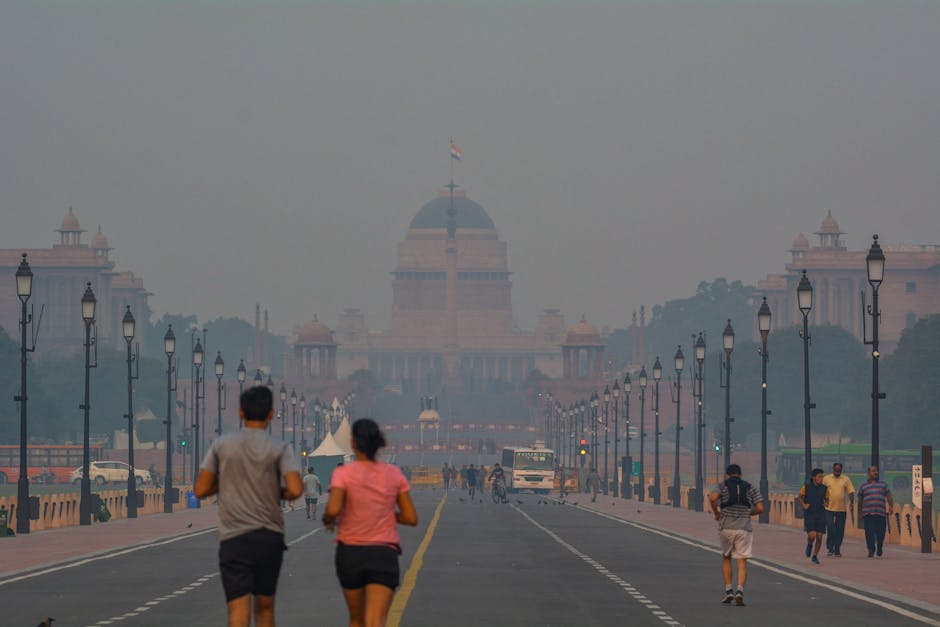Air Quality Concerns at Major Dhyan Chand National Stadium
The Major Dhyan Chand National Stadium in Delhi recorded an AQI of 179 today, placing it in the “Moderate” category. While this is an improvement over Delhi’s hazardous winter pollution levels, it still poses health risks—especially for athletes and sensitive groups.
What Does an AQI of 179 Mean?
The Air Quality Index (AQI) measures pollution on a scale from 0 (Good) to 500 (Severe). At 179:
– Sensitive groups (asthma patients, elderly, children) may face breathing difficulties.
– Athletes might experience reduced stamina and longer recovery times.
– General discomfort like eye irritation or throat congestion is possible.
Why is Pollution High Near the Stadium?
Located in central Delhi, the stadium faces pollution from:
– Traffic emissions from nearby India Gate and high-density zones.
– Construction dust from ongoing infrastructure projects.
– Industrial pollution & waste burning in surrounding areas.
– Weather factors like low wind speed trapping pollutants.
Health Risks for Athletes & Visitors
Long-term exposure to PM2.5 and PM10 pollutants can lead to:
✔ Reduced lung capacity
✔ Fatigue during training
✔ Higher risk of respiratory diseases
Safety Measures & Government Action
For athletes/visitors:
– Limit intense outdoor workouts.
– Wear N95 masks during high-pollution hours.
– Monitor real-time AQI (use apps like SAFAR or AQI India).
Government efforts include Delhi’s Graded Response Action Plan (GRAP), but stricter enforcement is needed.
Long-Term Solutions for Cleaner Air
To safeguard sports facilities:
– Expand green buffers around stadiums.
– Promote electric public transport near sports hubs.
– Install indoor air purifiers in training centers.
Stay Protected at the Stadium
✔ Check AQI forecasts before visits.
✔ Avoid outdoor activities during peak pollution hours (6–10 AM, 6–10 PM).
✔ Demand stronger pollution control policies.
Final Thoughts
An AQI of 179 at a premier venue like Major Dhyan Chand Stadium highlights Delhi’s persistent air crisis. While short-term precautions help, systemic changes are crucial for athlete safety and public health.
Follow real-time AQI updates on NextMinuteNews.




